1. Long-Distance Phone Calls
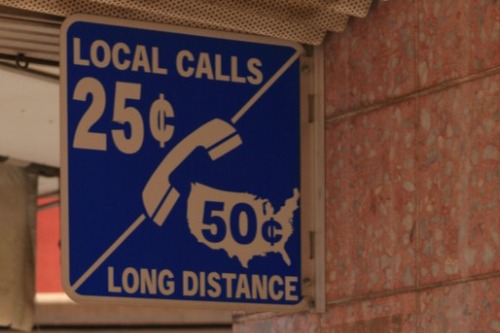
Back in the 1980s and 1990s, calling someone across the country could rack up serious charges on your phone bill. Families would wait until after 9 p.m. or weekends when rates dropped just to chat for a few minutes. Today, with Wi-Fi calling and free messaging apps, the idea of paying per minute to talk feels ancient. It’s wild to think we now FaceTime across the world for free without even considering the cost.
The shift happened as the internet and VoIP (Voice over Internet Protocol) became mainstream in the 2000s. Companies like Skype, WhatsApp, and later Apple and Google, turned communication into a digital utility instead of a paid service. The cost of transmitting voice data basically vanished thanks to broadband access. Now, the only limit to our long-distance calls is finding time to actually talk.
2. GPS Navigation
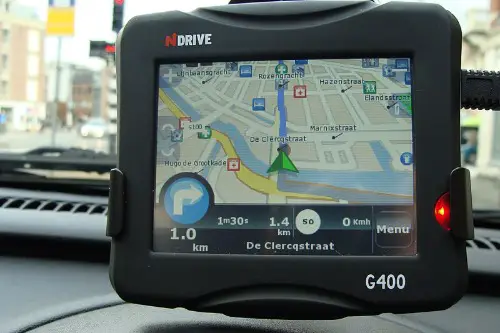
Once upon a time, GPS units were cutting-edge gadgets that cost hundreds of dollars. Drivers proudly suction-cupped them to their dashboards and updated maps via CDs or memory cards. Getting turn-by-turn directions felt like magic compared to flipping through a paper map. Today, every smartphone comes with free navigation apps like Google Maps and Waze.
The technology that once required expensive satellites and dedicated hardware is now powered by free cloud-based data. GPS chips are cheap to produce, and the mapping software is supported by ad revenue and user data. What used to be a luxury for travelers or delivery drivers is now something everyone uses daily without a second thought. Getting lost has basically gone extinct.
3. Air Conditioning in Cars

In the mid-20th century, having air conditioning in your car was a serious status symbol. Only high-end models offered it, and it could add hundreds of dollars to the sticker price. Drivers of basic models relied on rolling down windows and hoping for a breeze. Today, AC comes standard in nearly every new vehicle sold in the U.S.
Advances in manufacturing and refrigerant systems made it cheaper to include air conditioning in mass-market cars. By the 1990s, it had shifted from a luxury add-on to an expectation. It’s one of those features people barely notice now—until it breaks on a 95-degree summer day. The comfort that once separated luxury cars from the rest is now simply standard comfort.
4. Coffee from a Café

When Starbucks and similar coffee chains took off in the 1990s, paying $3–$5 for a latte felt indulgent. Fancy espresso drinks were a treat for professionals or city dwellers. But the rise of inexpensive coffee makers, instant espresso powders, and even drive-thru chains has changed the game. These days, even gas stations serve cappuccinos for pocket change.
Technology made coffee equipment cheaper, and competition drove prices down. You can buy a decent espresso machine for under $100 or grab a cup almost anywhere. What used to be a morning splurge has turned into a daily habit for millions. Luxury caffeine became democratized—and maybe a little over-caffeinated.
5. Internet Access
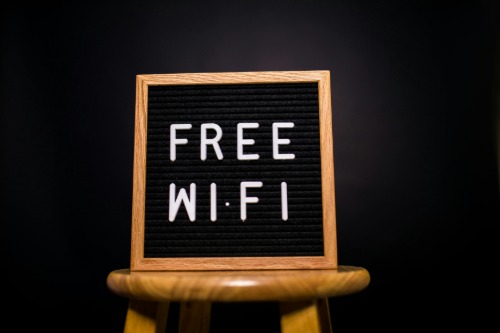
Dial-up internet in the 1990s wasn’t just slow—it was expensive. You paid for hours of connection and hoped no one picked up the phone while you surfed. Fast forward to today, and free Wi-Fi is everywhere—from airports to McDonald’s. The idea of paying per minute online now sounds prehistoric.
The expansion of broadband and fiber-optic networks turned internet access into an assumed part of modern life. Many cities and businesses now offer free public connections as a baseline service. Mobile carriers even include data in prepaid plans for next to nothing. What was once a luxury for the few has become essential for nearly everyone.
6. Color Televisions
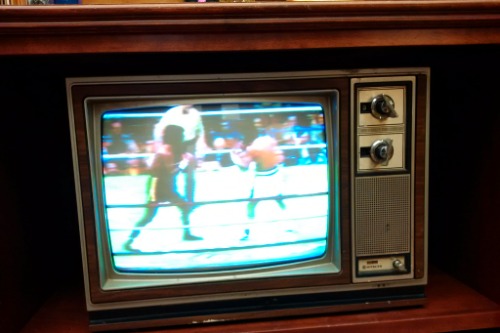
When color TVs hit the market in the 1950s, they were a luxury that only wealthy families could afford. Most Americans watched their favorite shows in black and white for decades. By the 1980s, color TV became more common, but the sets were still pricey and bulky. Now, flat-screen smart TVs cost less than a nice dinner out.
Advances in display technology, mass production, and global competition drove prices into the basement. LED and LCD panels replaced costly cathode-ray tubes, making TVs thinner and cheaper. Even budget models deliver crisp HD or 4K resolution. What once sat as a family’s prized possession is now in every room of the house.
7. Air Travel
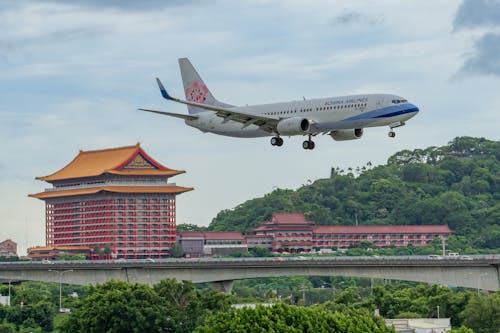
Flying used to be glamorous—people dressed up, meals were served on china, and only the well-off could afford it. In the 1960s, a round-trip domestic ticket could cost more than a week’s salary. Deregulation in the late 1970s changed everything, opening the skies to low-cost carriers. Now, budget airlines offer tickets for less than a tank of gas.
Of course, the experience has gotten less fancy, but far more accessible. Discount airlines stripped away frills to make air travel affordable for the masses. What was once a luxury event is now an everyday transportation option for millions. We might miss the legroom, but not the price tag.
8. Music Streaming
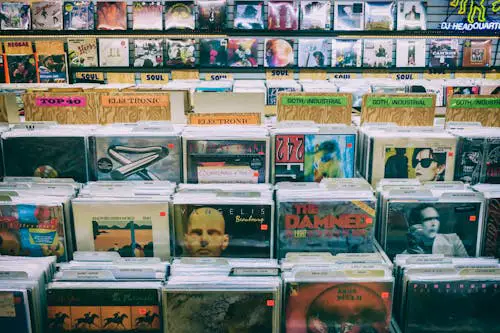
In the 1990s, music lovers spent hundreds of dollars on CDs or even cassettes. A portable CD player itself could set you back a small fortune. Today, anyone with an internet connection can stream virtually any song ever made—for free or a few bucks a month. The entire concept of “owning” music has become outdated.
The shift came from digital compression, peer-to-peer sharing, and eventually streaming platforms like Spotify and Apple Music. These services turned music into a subscription-based commodity. Even free versions offer more access than any personal collection ever could. It’s a luxury turned everyday soundtrack.
9. Photography

There was a time when taking photos required film, a good camera, and a trip to the drugstore to develop prints. Each roll of film was a mini investment, so people saved photos for special occasions. Now, everyone carries a high-resolution camera in their pocket. We take more pictures in a day than our grandparents did in a lifetime.
Digital photography and smartphones eliminated the need for costly film and processing. Storage is cheap, editing apps are free, and sharing takes seconds. Photography went from a hobby for enthusiasts to a daily habit for everyone. The barrier between memory and capture completely vanished.
10. Clean Bottled Water
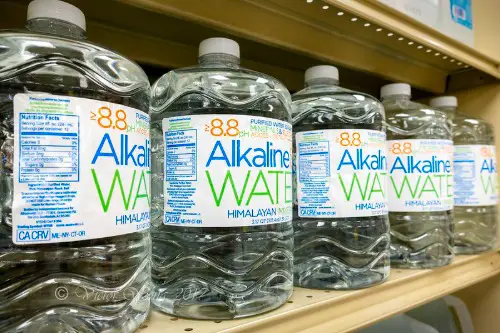
When bottled water first appeared in the U.S. market in the 1970s and 1980s, it was seen as an upscale novelty. People questioned why anyone would pay for something that came from the tap. But over time, it became a status symbol of health and taste. Today, you can buy it for less than a dollar—or get filtered water free from refill stations.
Advances in filtration and packaging made it cheap to produce and distribute. Municipal water quality also improved, leading many people to opt for reusable bottles instead. The luxury of “pure” water has turned into an everyday convenience. It’s a reminder of how marketing can turn necessity into indulgence, and then back again.
11. Personal Computers
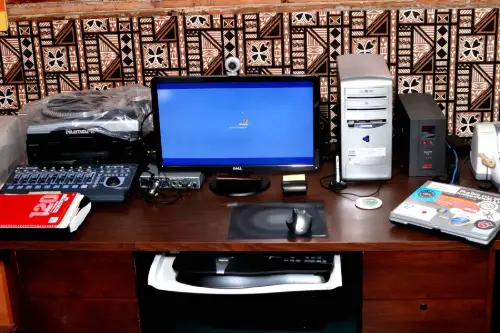
In the 1980s, a home computer cost as much as a used car. Owning one meant you were serious about business or technology. Fast forward to now, and you can buy a laptop or tablet for a couple hundred dollars—or get one free from your school or job. Computing power that once filled a desk now fits in your hand.
Mass production, cheaper chips, and open-source software made computing accessible to everyone. The rise of Chromebooks and cloud computing pushed prices even lower. What was once a high-tech luxury has become a basic tool for everyday life. It’s hard to imagine modern life without it.
12. Fitness Tracking
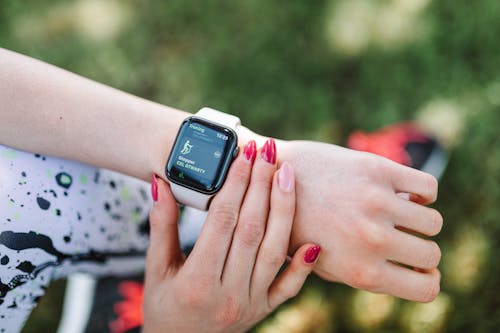
Early heart-rate monitors and pedometers in the 1990s were niche, expensive tools for athletes. They cost hundreds and offered limited data. Now, you can track steps, sleep, and heart rate from your phone or a $20 wristband. Even budget smartwatches rival the capabilities of old professional gear.
Sensors have gotten smaller and cheaper, and smartphone apps handle most of the heavy lifting. Health tracking has gone from a hobby for the elite to a mainstream obsession. We casually monitor data that once required lab equipment. Luxury fitness is now part of daily life—and often free.
13. Education and Learning

Decades ago, learning from top universities meant enrolling, paying tuition, and physically showing up. Even buying encyclopedias was a big financial decision. Today, you can access courses from MIT, Harvard, and Stanford for free online. YouTube tutorials alone can teach nearly any skill imaginable.
The open education movement and the rise of platforms like Coursera and Khan Academy made knowledge widely available. Smartphones turned every commute or couch break into learning time. Education shifted from an expensive privilege to a shared public resource. The classroom walls have come down—for good.
This post 13 Items Americans Once Considered ‘Luxury’ That Now Are Practically Free was first published on American Charm.


